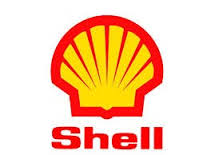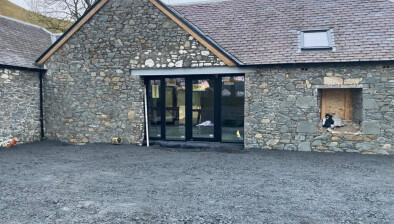And finally… Shell-shock
Shell’s massive carbon capture facility in Canada emits far more than it captures, study says

One of the only facilities in the world that uses carbon capture and storage technology (CCS) to reduce the emissions of hydrogen production has been found to emit far more greenhouse gas emissions than it captures.
The Quest plant in Alberta, Canada, owned by oil giant Shell and designed to capture carbon emissions from oil sands operations and safely store them underground, has previously been touted as a “thriving example” of how CCS is working to significantly reduce carbon emissions.
However, an investigation by watchdog group Global Witness, published last week, showed that while 5 million tons of carbon dioxide had been prevented from escaping into the atmosphere at the plant since 2015, it also released 7.5 million metric tons of greenhouse gases over the same period.
The investigation noted that, per year, that’s the equivalent carbon footprint of 1.2 million gasoline cars.
It means just 48% of the plant’s carbon emissions were captured, according to the report. That’s far short of the 90% carbon capture rate promised by the industry for these types of projects in general.
In response to the report, a spokesperson for Shell told CNBC via email that Global Witness’ analysis was “simply wrong” and stressed that the Quest facility was designed to capture around a third of carbon dioxide emissions.
“Our Quest facility was designed some years ago as a demonstration project to prove the underlying CCS concept, while capturing around a third of CO2 emissions. It is not a hydrogen production facility,” the Shell spokesperson said.
“The hydrogen projects we’re planning – like Polaris – will use a new technology that captures more than 90% of emissions. Global Witness are comparing apples with pears.”
Shell announced plans in July last year to build a large-scale CCS project called Polaris at its Scotford refinery and chemicals plant. The initial phase is expected to start operations in the middle of the decade subject to an investment decision by the company next year.
















